US Special Forces. US Navy Special Operations Command
The Special Operations Forces, which are directly subordinate to the US Navy Special Operations Command, are inferior in size to the Army Special Forces and Air Force Special Forces. Total personnel naval special forces are estimated at about 10 thousand people, of which about a tenth is civilian personnel. The main striking force of the naval special forces are “seals”, or “seals,” special SEAL reconnaissance and sabotage units, including combat swimmers.
US Navy Special Operations Command
The command of special operations of the U.S. Navy (United States Naval Special Warfare Command, abbreviated NSWC) in its present form was formed on April 16, 1987. The headquarters of the command since its inception is located at the Coronado Naval Base in the city of San Diego (California). The same base is used by amphibious assault forces of the US Navy on the Pacific coast. The command provides operational guidance, planning and combat leadership of the special forces in the Navy. U.S. Navy Special Operations Command is currently led by Rear Admiral Collin Patrick Green.
The backbone of the NSWC is the Navy SEAL teams, which are the main combat units and line units, ready to engage in a contact battle with the enemy. This is followed by special boat teams (SWCC) - fighters of crews of landing boats, vessels and special landing facilities, which are responsible for the direct delivery of the units of "fur seals" to the site of the operation. They can support SEAL units and other units of the US Special Forces. They are also trained in parachute landing with their boats. We can separately distinguish two divisions of underwater carriers SDVT-1 and SDVT-2, which collect special equipment for the underwater delivery of "fur seals", including underwater vehicles SDV MK8.
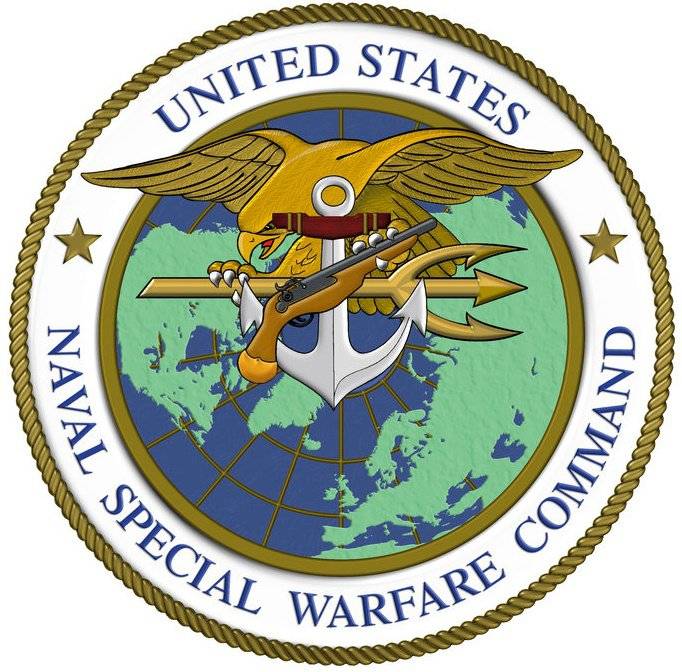
The third component of the Navy Special Operations Command is the support facilities, or support staff, ENABLERS. Unlike the two categories of Navy special forces listed above, it is not a direct-acting tool. First of all, high-class technical specialists in various fields are assembled here: communication, cryptology, mining, etc. Directly subordinate to the US Navy Special Operations Command are also educational institutions for training marine special forces and combat swimmers: a school of Navy special forces specialists, advanced training courses for special forces personnel and adjunct research at the Navy Research Institute.
The U.S. Navy special forces, of course, are the Navy SEALs. For them, the state is trying to provide the most comfortable level of social guarantees. The salary of recruits, according to the official website of the Navy Special Operations Command, starts at $ 60 per year (4 rubles at the current rate), excluding bonuses for advanced training. There are also diving and parachuting surcharges for the special forces, a 250-day annual vacation, repayment of college loans, retirement after 000 years, medical insurance for the soldier and his family members and other benefits, including tax, are guaranteed.
Seal Teams SEAL
SEAL is an abbreviation of Sea - sea, Air - air, Land - land, from English SEALs translates as “seals”, but another definition is firmly entrenched in Russian - “fur seals”. These are the main tactical units of the US Navy special forces. Despite the fact that commandos directly relate to the fleet, as you can easily guess from the abbreviation itself, they are able to successfully operate not only at sea and can solve different tasks. Like many other divisions of the American special forces, their activities did not disregard Hollywood. Classic in this regard is the 1990 action movie Seals with Charlie Sheen in the title role.
Seals are often involved in covert missions and sensitive tasks that do not require noise and publicity. They can penetrate into areas of operations using helicopters and aircraft, surface and submarine ships of the Navy, as well as land vehicles. These are multi-purpose combat units trained to operate in any conditions, they can be deployed anywhere in the world. SEAL Special Forces regularly went on business trips to Afghanistan and Iraq, where they always had work. Fur Seal units also participated in Operation Desert Storm. According to official figures, from 1990 to March 2018, these elite special forces during the war in Iraq and Afghanistan, as well as the war on terrorism, lost 98 people.
The main purpose of the units of "fur seals" is to conduct special, reconnaissance and sabotage operations in the interests of the fleet, as well as conduct search and rescue operations. Units are able to operate autonomously, solving combat missions independently, or in close cooperation with other divisions of the US special forces. In addition to reconnaissance and sabotage and assault operations, SEAL units can also solve other tasks: covering the main forces, clearing and mining ships, bases, terrain, adjusting artillery fire, combating maritime terrorism and modern piracy, combating the illegal crossing of state borders at sea and etc.
Organizationally, SEAL has been consolidated into 10 teams that are part of three special naval groups. The 1st and 2nd groups, which in the Russian press often simply refer to as the 1st and 2nd Special Forces regiments of the Navy, have 4 SEAL teams each. The 1st, 3rd, 5th and 7th teams are part of the 1st group and are based on the Coronado naval base, they are focused on reconnaissance and sabotage operations in the Pacific Ocean. The 2nd, 4th, 8th and 10th teams are part of the 2nd special naval group, this group is housed at the Little Creek base in Virginia Beach (Virginia) and is focused on action in the atlantic ocean. Two more SEAL teams: the 17th and 18th form the 5th naval special forces group, which is the reserve. The unit is also based at the Coronado Naval Base in San Diego, California.
The total number of personnel of 8 linear commands of "fur seals" is approximately three thousand fighters, including up to 600 people as part of the crews of landing boats and underwater delivery vehicles. Another 325 people are in the reserve as part of the 17th and 18th teams of truncated personnel, and there are also about 125 members of combat crews of landing boats and special delivery vehicles, and up to 775 reserve personnel from the US Navy special forces logistics regiment.
An interesting feature of the training of "fur seals" teams is that each of them has specialization in a particular theater of operations. So part of the units is focused on actions in the jungles of South America and Indochina, part on the Middle East theater of operations and action in the desert. At the same time, at present some of the teams are undergoing retraining for military operations in the conditions of the polar region.
Special Boat Teams (SWCC)
The most important part of the US Navy Special Operations Command is the Special Boat Command (SWCC, Special Warfare Combatant-craft Crewmen). They are responsible for the operation of small vessels, which are used to transport commandos on shore. Provide military operations in shallow areas that are not accessible to large vessels, including along the coastline, on rivers and in lakes. In addition to delivering "fur seals" to the shore, they can carry out reconnaissance and patrol tasks, and are involved in search and rescue operations.
In addition to direct preparation for boat control and combat training, fighters of a special boat team are trained to parachute along with their boats. The teams also include trained medical workers who are ready to provide first aid to the wounded and injured in combat conditions or during evacuation, and are also ready to carry out emergency operations. Usually this is the leading physicians of the squad. At the same time, without exception, all SWCC fighters undergo constant repeated training in providing first aid and trauma care.
All SWCC fighters are consolidated into three flotillas: the 4th, 20th and 22nd as part of the 4th group of special-purpose landing craft. Special boat teams use small boats and amphibious assault facilities, including simple semi-rigid inflatable boats of the RIB-36 type. Also in service are up to 20 Mark V SOC (Special Operations Craft) patrol boats with a displacement of 57 tons, 20 high-speed river boats SOCR and light boats PCA, a total of about 240 boats and boats.
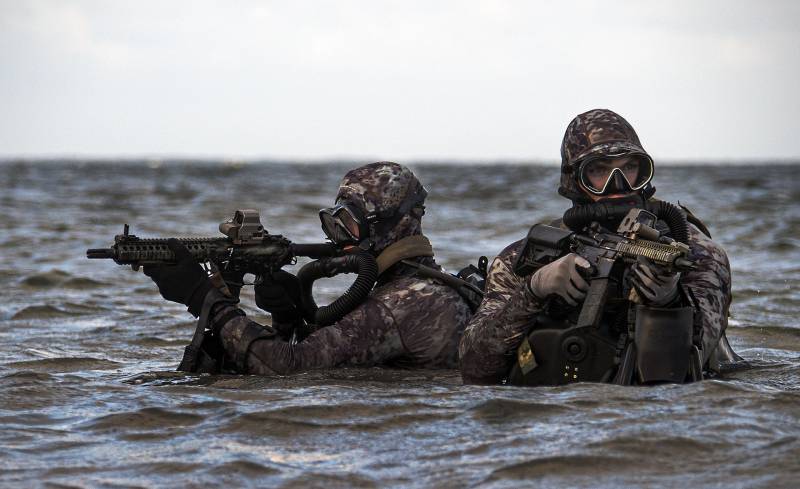
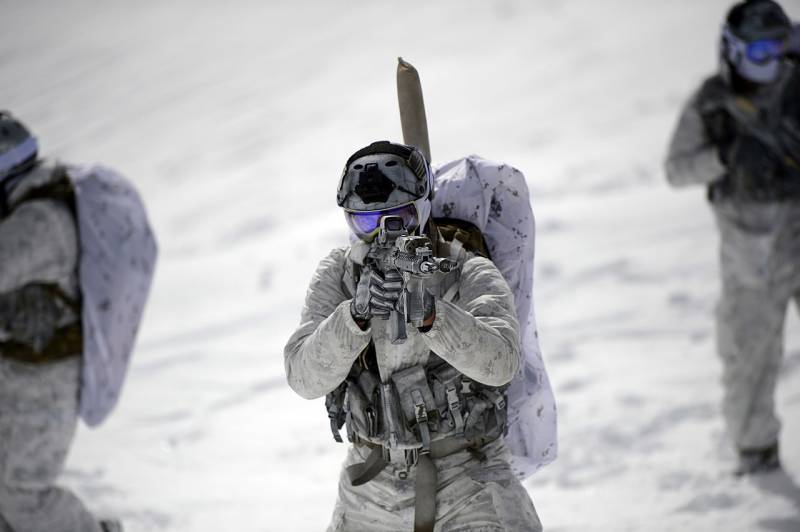
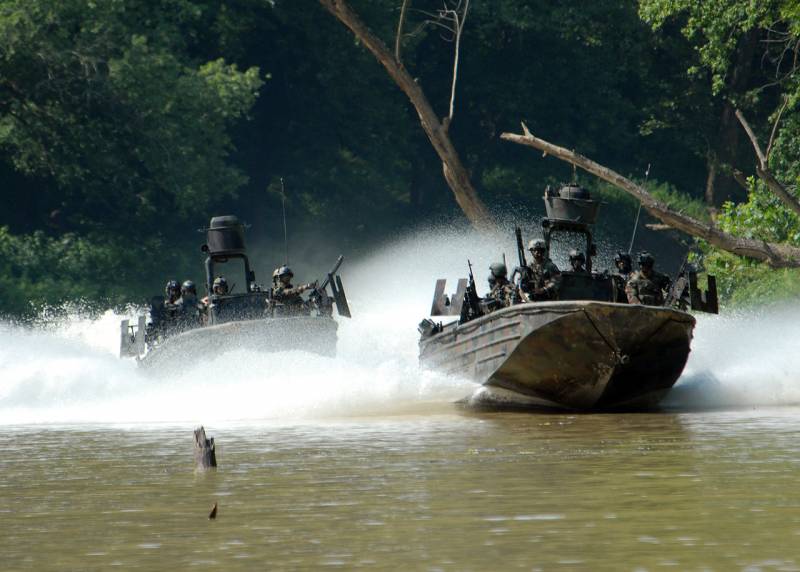
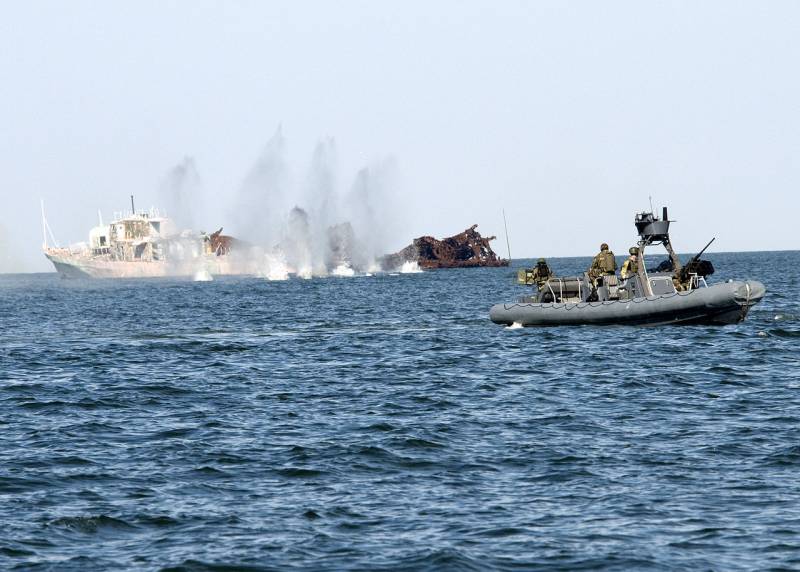
Information